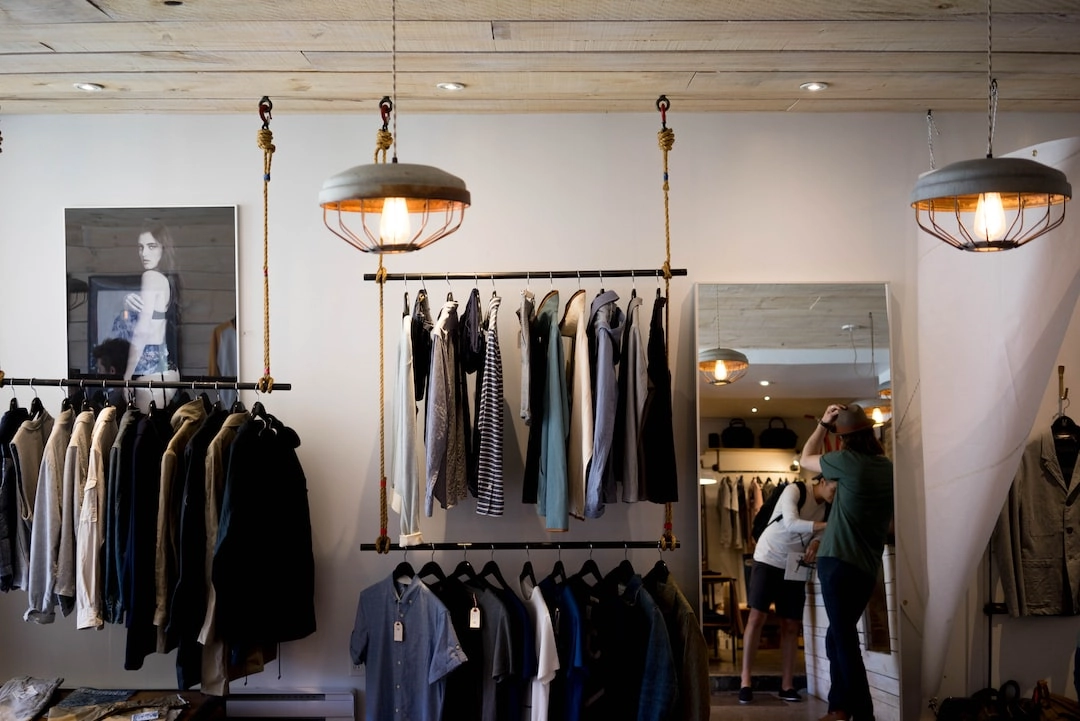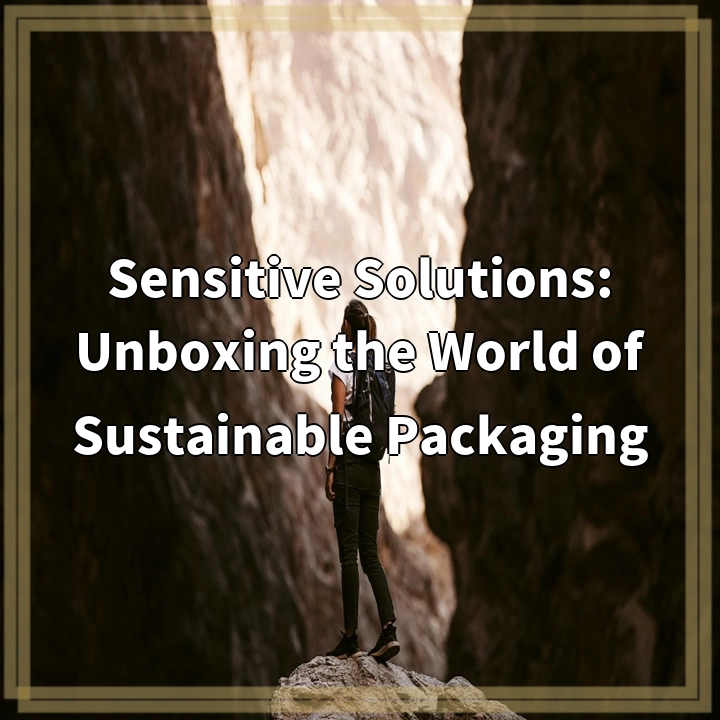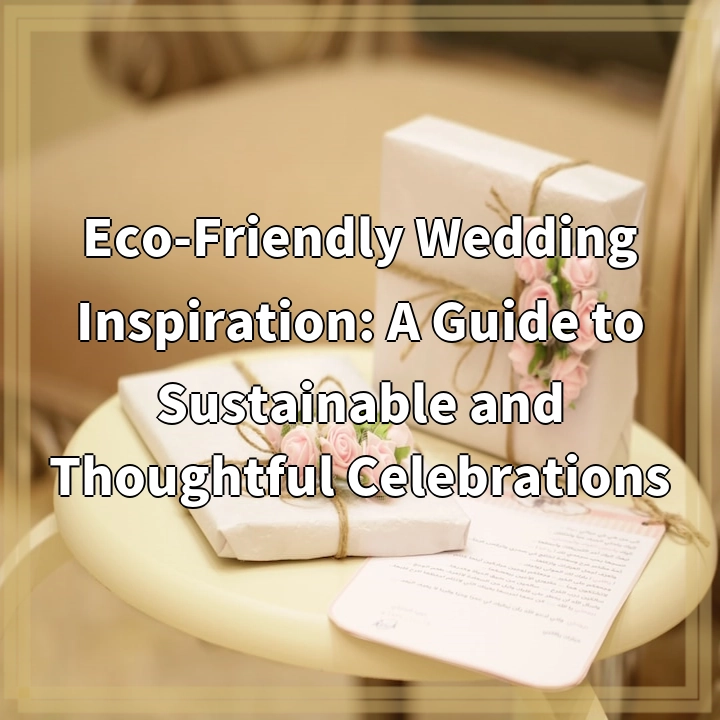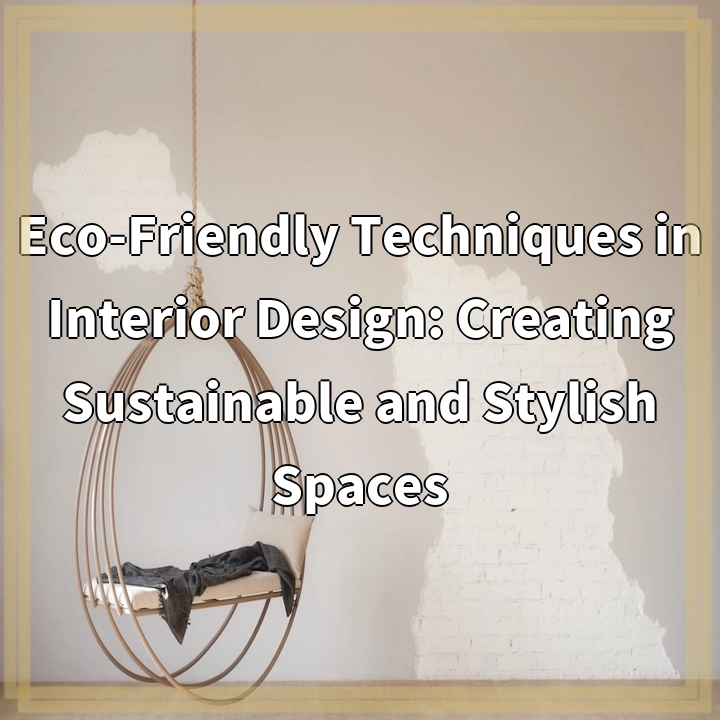
What is Eco-Friendly Techniques in Interior Design: Creating Sustainable and Stylish Spaces?
Eco-friendly techniques in interior design involve the use of sustainable materials, energy-efficient practices, and mindful design strategies to create living spaces that are both environmentally friendly and aesthetically pleasing. It encompasses a range of practices that focus on reducing the negative impact of interior design on the environment, such as reducing waste, conserving energy, and utilizing biodegradable or recyclable materials.
Real-World Problems Associated with Eco-Friendly Techniques in Interior Design
While eco-friendly techniques in interior design offer numerous benefits, there are also several real-world problems that designers and homeowners face when implementing sustainable practices. These challenges include:
Limited Availability of Sustainable Materials
One of the challenges faced by interior designers is the limited availability of sustainable materials. Although the demand for eco-friendly products is increasing, not all materials used in interior design have readily accessible sustainable alternatives. Finding suitable and stylish materials that are also environmentally friendly can be a time-consuming and costly process.
Higher Initial Costs
Incorporating eco-friendly techniques in interior design often requires investing in high-quality, sustainable materials and energy-efficient appliances. While these choices may lead to long-term savings on energy bills and maintenance, the initial costs can be higher than conventional alternatives. This can deter some individuals from adopting sustainable practices.
Limited Knowledge and Awareness
Another challenge is the limited knowledge and awareness among both designers and homeowners about the importance and benefits of eco-friendly interior design. Many people are unaware of the negative environmental impacts of conventional design practices or lack knowledge about sustainable alternatives. Educating and promoting awareness about eco-friendly techniques is crucial to facilitate widespread adoption.
Balancing Aesthetics and Sustainability
One of the key challenges for interior designers is finding the right balance between aesthetics and sustainability. While sustainable materials are becoming more stylish and diverse, there can still be limited options for achieving specific design aesthetics. It requires careful planning and creativity to ensure that sustainability and style are not compromised in the process.
Resistance to Change
Resistance to change can also pose a challenge to implementing eco-friendly techniques in interior design. Traditional design practices and materials may be deeply ingrained in the industry and the preferences of clients. Convincing individuals to adopt sustainable practices may require overcoming resistance and demonstrating the benefits in terms of health, well-being, and long-term cost savings.
Regulations and Certifications
Navigating through regulations and certifications can be a complex process for designers and homeowners. Different regions have varying standards and rules regarding environmentally friendly practices, and certifications can be costly and time-consuming to obtain. Understanding and complying with these guidelines adds an additional layer of complexity to eco-friendly interior design projects.
Despite these challenges, the growing demand for sustainable living and the increasing availability of innovative solutions provide hope for a future where eco-friendly techniques become the norm in interior design. By addressing these real-world problems, designers and homeowners can create sustainable and stylish spaces that contribute to a better future for our planet.
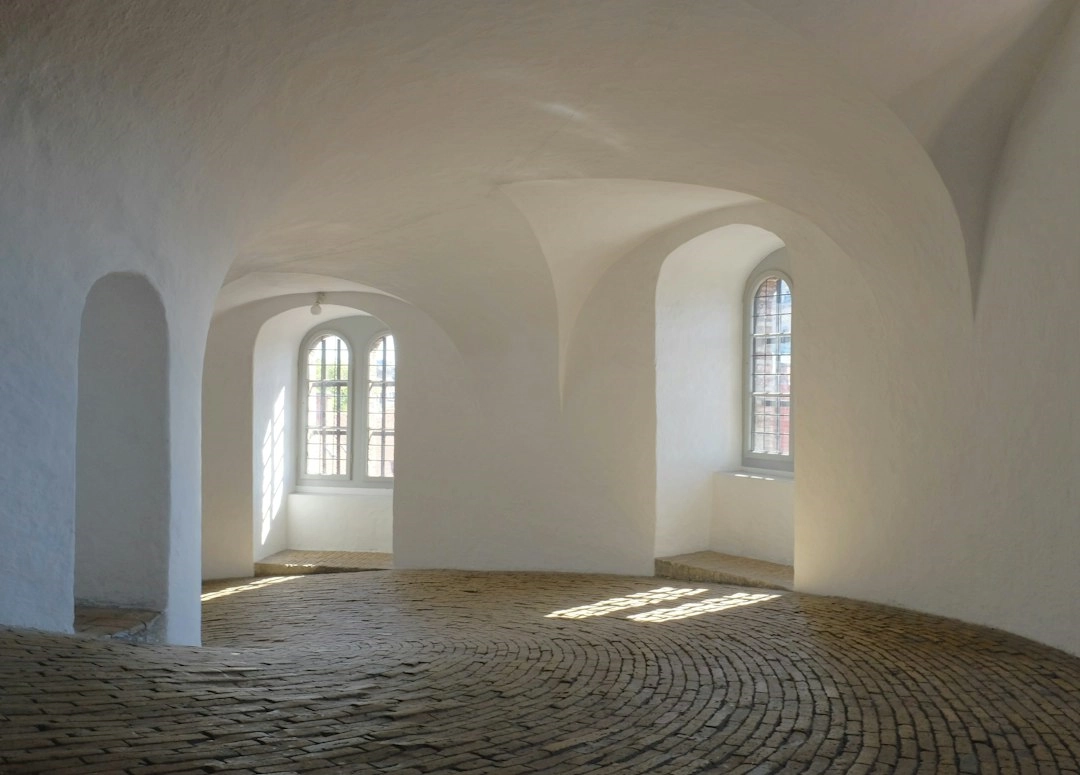
Potential Solutions for Eco-Friendly Techniques in Interior Design
To overcome the challenges associated with eco-friendly techniques in interior design and create sustainable and stylish spaces, several solutions can be implemented:
Research and Sourcing
Designers and homeowners can invest time in researching and sourcing sustainable materials. Stay updated on emerging trends and innovations in eco-friendly design. Explore local suppliers and manufacturers who offer sustainable alternatives. This proactive approach can help expand the availability of sustainable materials in the market.
Long-term Cost Analysis
Conduct a thorough long-term cost analysis of eco-friendly design choices. While the initial costs may be higher, consider the potential savings in energy bills, maintenance, and health benefits. Presenting this analysis to clients effectively can help them understand the value and long-term financial benefits of sustainable design.
Education and Awareness
Raise awareness and educate both designers and homeowners about the importance and benefits of eco-friendly interior design. This can be done through blog posts, workshops, and social media campaigns. By increasing knowledge and understanding, more individuals will be motivated to adopt sustainable practices.
Collaboration and Industry Efforts
Promote collaboration among designers, manufacturers, and industry professionals to drive sustainable innovation and highlight the demand for eco-friendly solutions. By working together, the industry can collectively push for more accessible, stylish, and sustainable materials and products.
Design Thinking and Creativity
Encourage designers to think outside the box and find creative ways to achieve both aesthetics and sustainability. Emphasize the importance of prioritizing sustainable materials and practices while exploring design options. Innovative solutions, such as upcycling or repurposing materials, can add unique elements to the design while reducing environmental impact.
Advocate for Supportive Policies
Advocate for policies that support and incentivize eco-friendly interior design practices. Encourage government and regulatory bodies to establish guidelines, certifications, and incentives that promote sustainability in the industry. This can help standardize sustainable practices and make them more accessible for all stakeholders.
Showcasing Success Stories
Highlight successful eco-friendly interior design projects to inspire and motivate others. By showcasing stylish and sustainable spaces, designers can demonstrate the possibilities and benefits of adopting eco-friendly techniques. This can help overcome resistance to change and encourage a broader adoption of sustainable design.
By implementing these potential solutions, the challenges associated with eco-friendly techniques in interior design can be addressed, paving the way for more sustainable and stylish spaces that contribute to a healthier and greener future.
